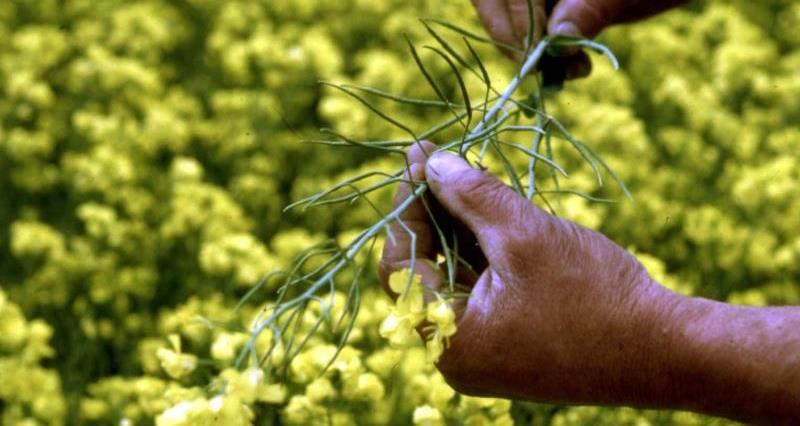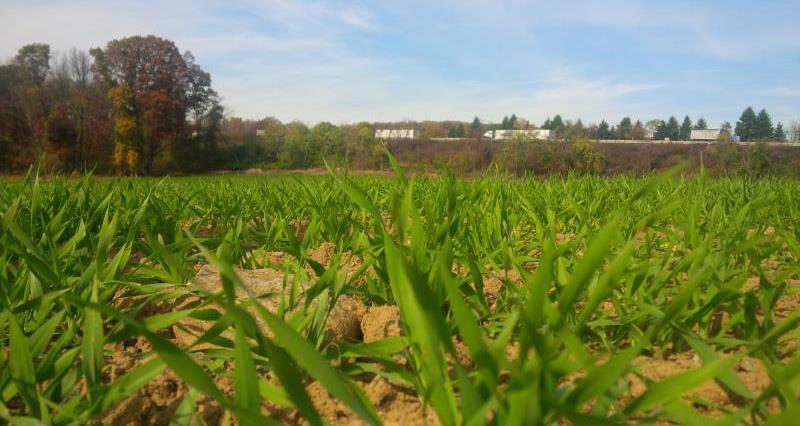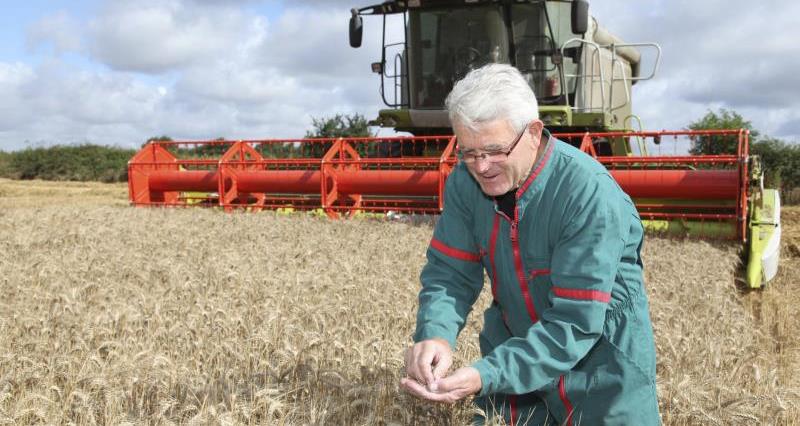Launched this week, the lists feature 29 new varieties in total, with five new winter wheats. Some 28 varieties have been removed, with the East/West oilseed rape tally reduced by four.
Advances in combining high yields with good resistance traits are reflected in the disease ratings for the new names, said AHDB crop production systems’ Dr Simon Oxley.
He added: “This year’s biggest change is the addition of six new soft wheat feed varieties – the first new entrants for four years to a wheat category whose markets include distilling, soft biscuit wheat for export, and soft endosperm feed.
“This year, northern growers aiming for distilling markets have some exciting new varieties to consider, with improved yields, first-rate septoria tritici resistance and earlier maturity. Growers further South looking for biscuit export varieties or distilling varieties will also find something new.
“Feed growers in soft and hard feed markets will find varieties with a combination of high yield, early maturity, stiff straw and better septoria resistance.”
New wheat varieties resist yellow rust, despite recent race changes. Changes in the yellow rust population last season caused the ratings of some recommended wheat varieties to fall, but this year’s new entrants show good resistance to the disease, with ratings of 7 to 9. Most wheat varieties new to the RL are in the relatively low risk category, with high disease and lodging ratings and a high untreated yield.
Dr Oxley said: “The relative risk of these new varieties is low, providing confidence to early adopters. For all varieties, new and old, the RL shows information from previous seasons, so there is always a chance risks may change. AHDB disease monitoring is important for identifying any changes that occur in the new season.”
Septoria tritici ratings are now reported to a decimal place, showing exactly where on the rating scale varieties lie and the incremental improvements being made by breeders. Eight of the new varieties have resistance scores between 6.2 and 7.3.
And there’s another new measure in the reporting of percentage protein in milling trials. This year’s list shows the percentage protein achieved in trials grown to milling specification, as well as the protein levels reported in all trials, both feed and milling.
Although the RL does not measure the quality of the protein – which can be more important than the total protein – varieties are tested in baking tests managed by nabim to ensure they are up to the mark for the quality bread markets.
The spring wheat list also sees the introduction of two new high-yielding nabim group 2 milling wheats, KWS Cochise and KWS Chilham. Both have the flexibility to be drilled in the autumn or spring, having orange wheat blossom midge resistance.
What about OSR?
 The new oilseed rape lists see advances in maintaining the yields growers have come to expect, together with superior disease resistance.
The new oilseed rape lists see advances in maintaining the yields growers have come to expect, together with superior disease resistance.
“New varieties show excellent overall resistance to light leaf spot and phoma stem canker. Growers looking for top notch resistance with opportunities for better integrated disease management have a new semi-dwarf variety to consider in DK Secret,” said Dr Oxley.
The oilseed rape lists also help to directly compare variety performance in all regions, with this year’s publication of a UK gross output and seed yield for current and new varieties.
Barley could offer first for brewing
 Growers of feed barley can look forward to three new winter feed varieties – a two-row feed for the North (KWS Creswell), as well as a six-row conventional (Funky) and six-row hybrid (Sunningdale) for the UK.
Growers of feed barley can look forward to three new winter feed varieties – a two-row feed for the North (KWS Creswell), as well as a six-row conventional (Funky) and six-row hybrid (Sunningdale) for the UK.
There are three new spring barley varieties, under test for brewing, malt distilling and brewing, and grain distilling. Further tests are required before they achieve IBD approval, but this year sees the first potential brewing variety lacking a gene for lipoxygenase production, Chanson. This helps to improve flavour stability in the end product.
